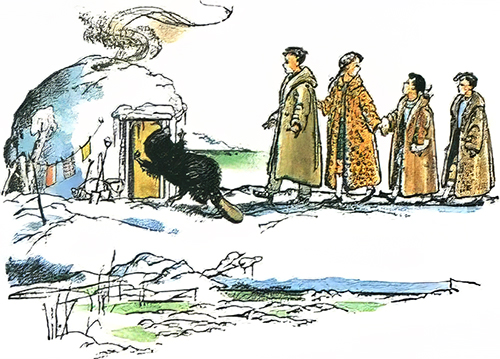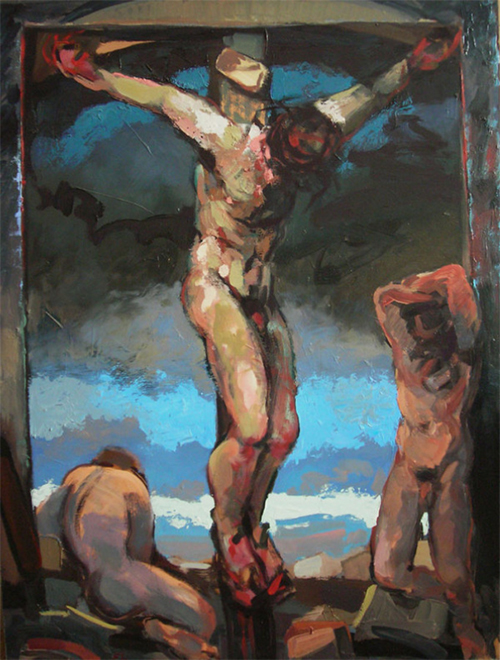
In South Africa, in the face of racial injustice, and segregation known as apartheid people of faith began to pray together and, as a sign of their hope that one day the evil of apartheid would be overcome, they lit candles and placed them in their windows so that their neighbours, the government, and the whole world would see their belief. And their government did see. They passed a law making it illegal, a politically subversive act, to light a candle and put it in your window. It was seen as a crime, as serious as owning and flaunting a gun. The irony of this wasn’t missed by the children. At the height of the struggle against apartheid, the children of Soweto had a joke: “Our government,” they said, “is afraid of lit candles!”
It had reason to be. Eventually those burning candles, and the prayer and hope behind them, changed the wind in South Africa. Morally shamed by its own people, the government conceded that apartheid was wrong and dismantled it without a war, defeated by hope, brought down by lit candles backed by prayer. Hope had changed the wind.
During the season of Advent, Christians are asked to light candles as a sign of hope. Unfortunately, this practice, ritualized in the lighting of the candles in the advent wreath, has in recent years been seen too much simply as piety (not that piety doesn’t have its own virtues, especially the virtue of nurturing hope inside our children). But lighting a candle in hope is not just a pious, religious act; it’s a political act, a subversive one, and a prophetic one, as dangerous as brandishing a firearm.
To light an advent candle is to say, in the face of all that suggests the contrary, that God is still alive, still Lord of this world, and, because of that, “all will be well, and all will be well, and every manner of being will be well,” irrespective of the evening news.
Quiz time – what are the names given to each of the four Advent candles?



